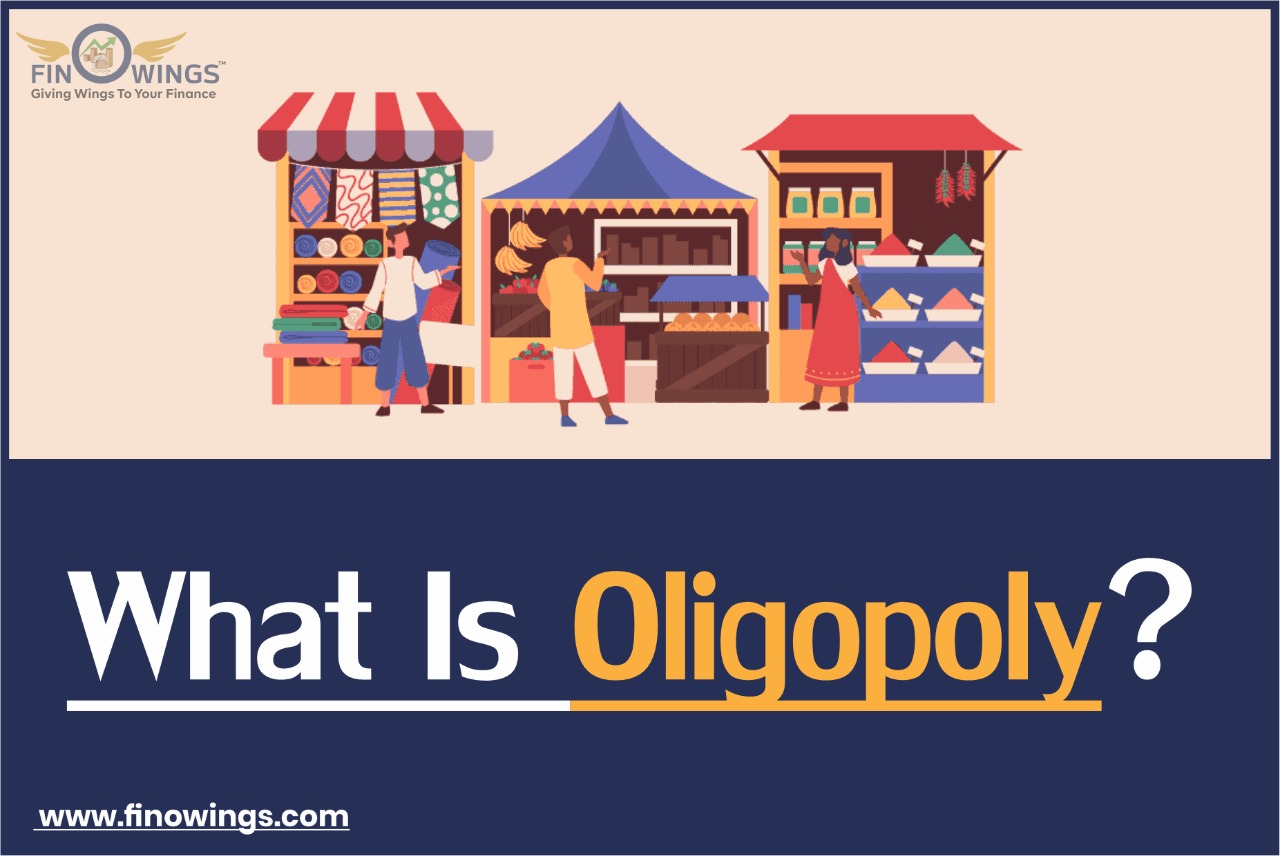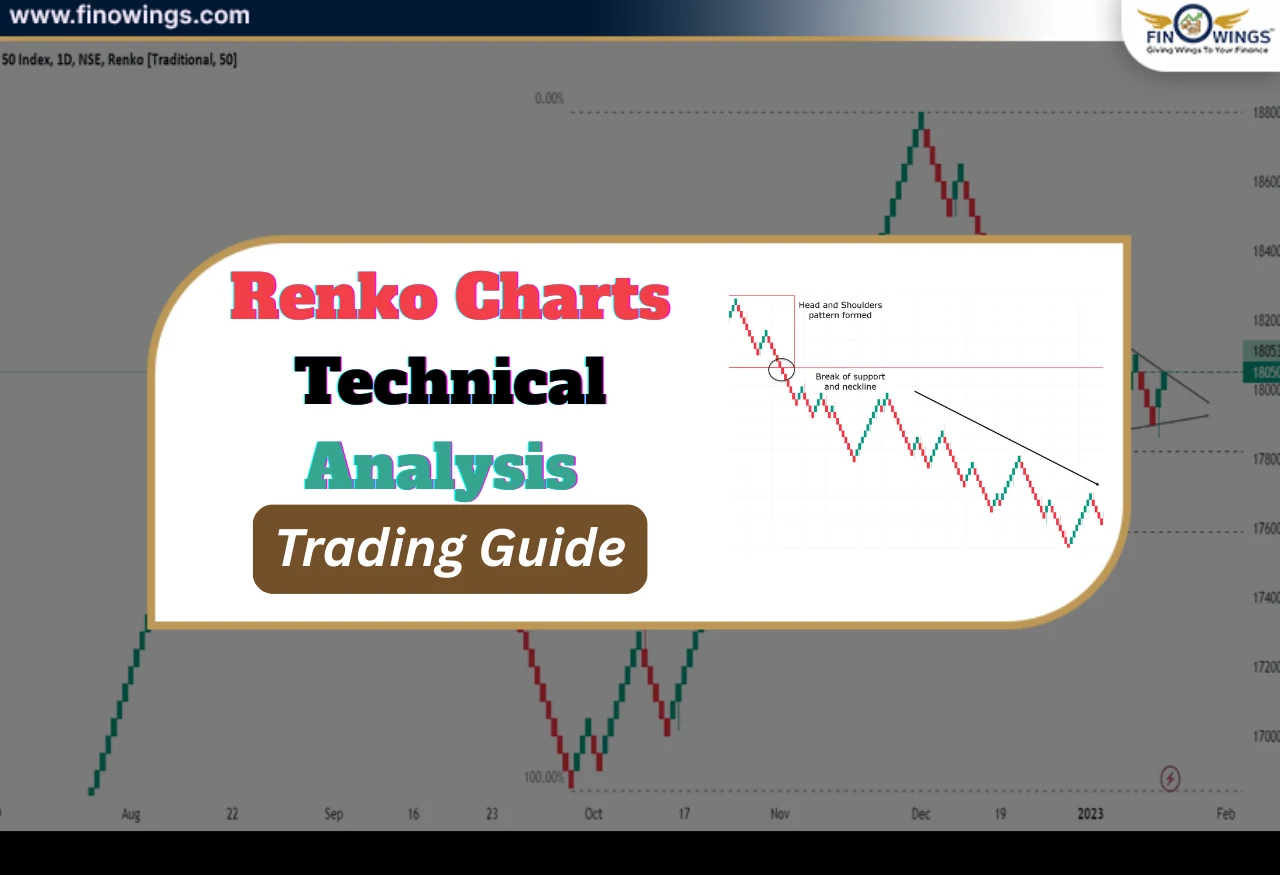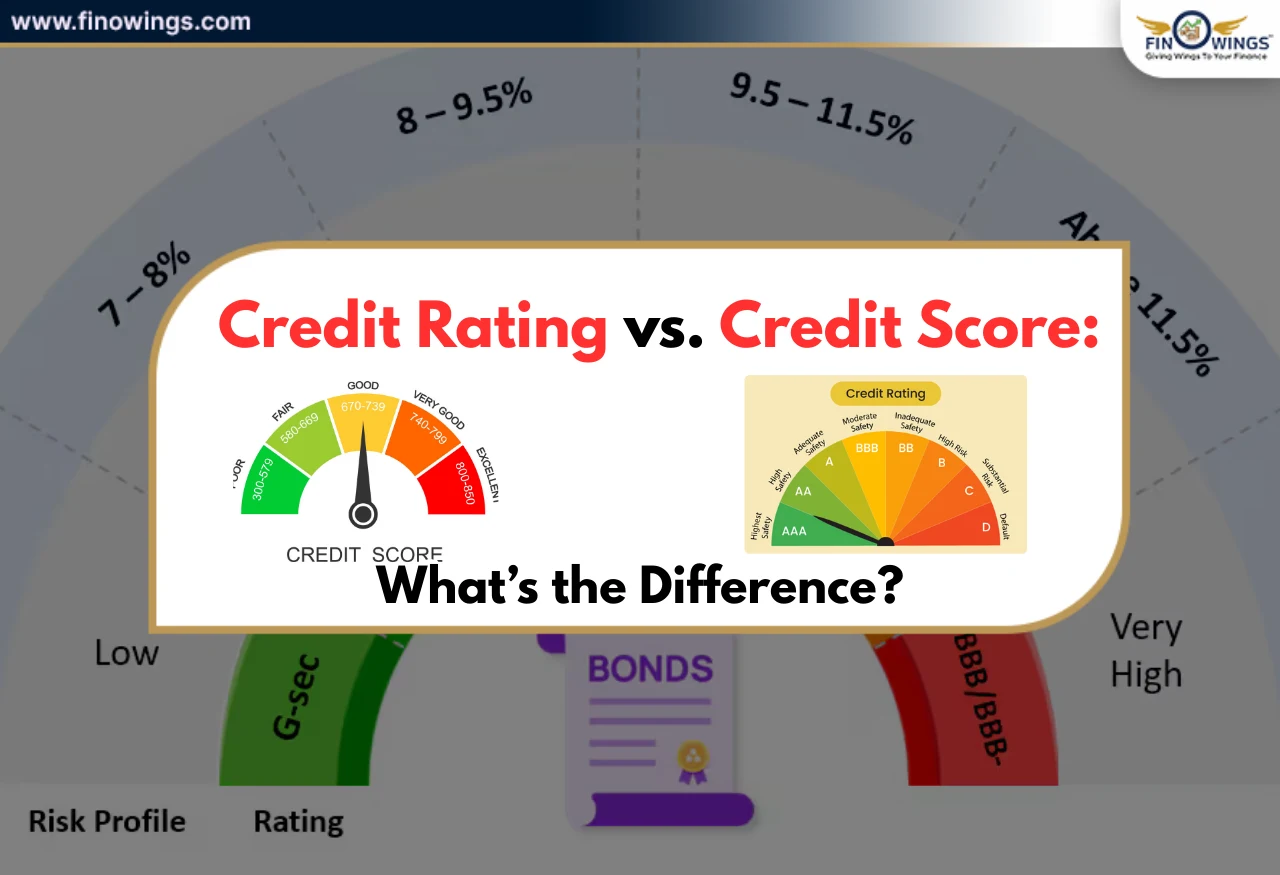Home >> Blog >> What is Oligopoly?
What is Oligopoly?

Table of Contents
- 1. Understanding How Oligopolies Work In An Economy - Definition, Types, and Examples
- 2. What Does Oligopoly Mean?
- 2.2 Concept of Oligopoly
- 2.3 What Are The Characteristics Of Oligopoly?
- 3. What Are The Types Of Oligopoly?
- 3.2 Adverse Effects of an Oligopoly
- 3.3 Example of a Current Oligopoly
- 4. Bottom Line
1. Understanding How Oligopolies Work In An Economy - Definition, Types, and Examples
Introduction
Numerous terms are used to denote various industries. Many times, people do not fully understand all of these terms. One such term you may not hear very often is an oligopoly. What is an oligopoly? How can you identify the oligopoly industries?
Simply put, this term is frequently used to refer to large firms that dominate a particular industry. This is because the top companies in those industries make the most crucial decisions in that sector.
An industry is only considered an oligopoly when more than two firms of the same sector dominate the market. In this blog, we will understand oligopoly and oligopoly industries in depth. So let's dive in to expand your understanding of the oligopoly and learn more about it.
2. What Does Oligopoly Mean?
An industry, structure, or group of a few companies that control a specific market is referred to as an oligopoly. Businesses in this market used to trade in similar or dissimilar products. Each company in this market has its influence, and no other company can impede that influence.
Let's put it this way to make it easier to understand: Monopoly is when there is only one company producing a specific good. Similarly, duopoly refers to two businesses operating in the same sector; oligopoly refers to more than two businesses that produce similar or distinct goods.
2.2 Concept of Oligopoly
The word "oligopoly" is derived from Greek words. Here, the words "oligo," which means "few," and "polein," which denotes "to sell," essentially create the idea of "competition among the few firms." The oligopoly frequently includes sectors related to railroads, wireless carriers, tyre manufacturing, steel, oil, and other products or services.
To avoid competition among themselves, these businesses often form cartels to decide the price of the products. They typically offer the consumer the same services and goods. Because there is little competition, each company has the freedom to operate successfully and work together to promote a spirit of partnership.
Companies in other markets frequently compete by undercutting their rivals' prices and selling their products for less money. Oligopoly firms, on the other hand, refrain from engaging in such price wars and instead spend their money on market research to improve the quality of their goods and services. In addition, they also spent a significant amount on advertising their goods and services through various channels to expand their clientele.
Small businesses can also thrive in such a setting and offer goods and services without engaging in pointless price wars.
2.3 What Are The Characteristics Of Oligopoly?
The following are the common characteristics of oligopoly:
-
Limited Firms
An oligopoly has only a few firms in the specific market even though no such fixed number exists. However, the number of businesses in a given sector is constrained because of several factors crucial to entering that sector. Additionally, because each company produces a specific percentage of the total consumption, there is not a lot of competition.
-
Difficult to Enter
A company must overcome many obstacles to join an oligopoly. Due to numerous obstacles, it is difficult for new players to enter this market. To be part of an oligopoly, a firm must meet multiple formalities and legal requirements, including patents, licenses, controlling raw materials, etc.
-
No Price Wars
Firms avoid price wars and price competition when there is an oligopoly. They usually set the price and sell the goods or services at a cost. Such businesses spend their money on advertising and offering better services because they are more concerned with building brand recognition.
-
Dependence on One Another
In an oligopoly, the firms are interdependent. There are a small number of businesses, and each one contributes a share of the total output. They are, therefore, cautious about the cost and the choices other companies make. Oligopoly industries become dependent on one another as a result. They must be mindful of their decision's impact on other firms.
-
Unique Price Behavior
Under an oligopoly, firms cooperate, but there is potential for price behaviour to change, given that some businesses can be price competitive to increase profits. Therefore, the price pattern in an oligopoly is uncertain and may vary if the firm decides to compete. As a result, it is difficult to predict price trends in oligopolistic industries.
-
Speculative Demand Curve
The oligopoly's demand curve is also uncertain. If the rival company offers a competitive price, things might change. The customer will begin purchasing from them, which could impact the demand for other businesses, even though it is uncommon in oligopolies due to the intense interdependence of the firms. Additionally, companies do not want to start price wars that will reduce their profit margin.
3. What Are The Types Of Oligopoly?
|
1. Pure Oligopoly |
Oligopoly refers to an industry where businesses produce uniform goods and services. For example, consider the aluminium industry, where all firms have the same goods. |
|
2. Imperfect Oligopoly |
An imperfect oligopoly is the complete reverse of a pure oligopoly. Businesses that operate in this kind of oligopoly create unique products or services. The talcum industry, for instance, is the perfect illustration of an imperfect oligopoly. |
3. Open Oligopoly |
This kind of oligopoly allows for the entry of new players. They could join the market and contend with the players already there. |
|
4. Close Oligopoly |
This type of oligopoly is the reverse of open oligopoly as they are restricted to the entry of new players. |
|
5. Collusive Oligopoly |
As the name suggests, a cartel of businesses works together to set prices and other crucial factors in this oligopoly. |
|
6. Competitive Oligopoly |
This kind of oligopoly is the opposite of a collusive oligopoly. Due to a lack of understanding among one another, businesses are more competitive and use competitive strategies. |
|
7. Partial oligopoly |
This is the term used to describe a market in which one industry or firm dominates the other industries or firms in the same market. |
|
8. Total oligopoly |
This type refers to markets without a particular leader. |
|
9. Organized Oligopoly |
An organized oligopoly is a systematic way to manage the market. In this oligopoly, firms form an association and agree on all major decisions. |
|
10. Syndicate oligopoly |
The syndicate oligopoly is the antithesis of the organized oligopoly. Each business is free to sell its goods through the centralized syndicate in this scenario. |
3.2 Adverse Effects of an Oligopoly
Like any other industry, the oligopoly sector has its share of adverse effects. A coin does, after all, have two sides. On the one hand, the firm's partnership and cooperation may seem like a good idea because it would reduce competition and foster a healthy environment. But, on the other hand, it also has some adverse effects on the market. So let's examine the typical negative consequences of oligopoly.
-
These companies colluded together and can provide any price in the market as per their wish.
-
They gained control of a sizable market and can use it to increase their profit.
-
New players find it challenging to enter the oligopoly market, which reduces the likelihood of innovation in the particular industry.
-
Big players can unanimously form a cartel, and it may be challenging for small players to survive.
3.3 Example of a Current Oligopoly
There are several examples of oligopoly at the current time. You can look at some typical industries that fit the definition of oligopoly perfectly.
The pharmaceutical industry is the finest example of an oligopoly. A few companies control this market, and entry for a new firm is difficult due to the need for a patent and other licenses. The market is dominated by companies like Pfizer, Merck, and Abbott, which develop new medications and set prices.
The media industry is yet another example of oligopoly. Just a few channels control a sizable portion of this market. ABP News, AAJ TAK, and other significant companies are acquiring substantial parts of the media sector. These firms influence the decisions of most of the other firms in the media sector.
Computer technology is another outstanding example of oligopoly. You can see that Windows and Apple's IOS dominate the entire computer industry. These two market leaders have dominated the world of computer technology. No other player is trying to enter this market; even if a new firm enters, it won't be straightforward for them to establish its market.
4. Bottom Line
The term "oligopoly" refers to a market where a small number of industries work together to control a specific sector. These businesses support a market for healthy competition and work together most of the time. However, oligopoly has some drawbacks that can also harm the market. Thus to make an informed decision before investing in any oligopoly industry, it is best to conduct adequate research.
Author
Frequently Asked Questions
Companies of a particular industry often form a cartel in an oligopoly. This cartel frequently prevents new competitors from entering the market, which slows down the economy, discourages innovation, and increases prices.
It is challenging to break into the oligopoly market since there are many obstacles to overcome, both legally and from other businesses.
Yes, oligopoly enterprises control their product prices in order to maximise profit and offer uncompetitive rates on the market.
Due to the lack of competition and the formation of cartels by companies, prices are generally constant in oligopoly markets.
















